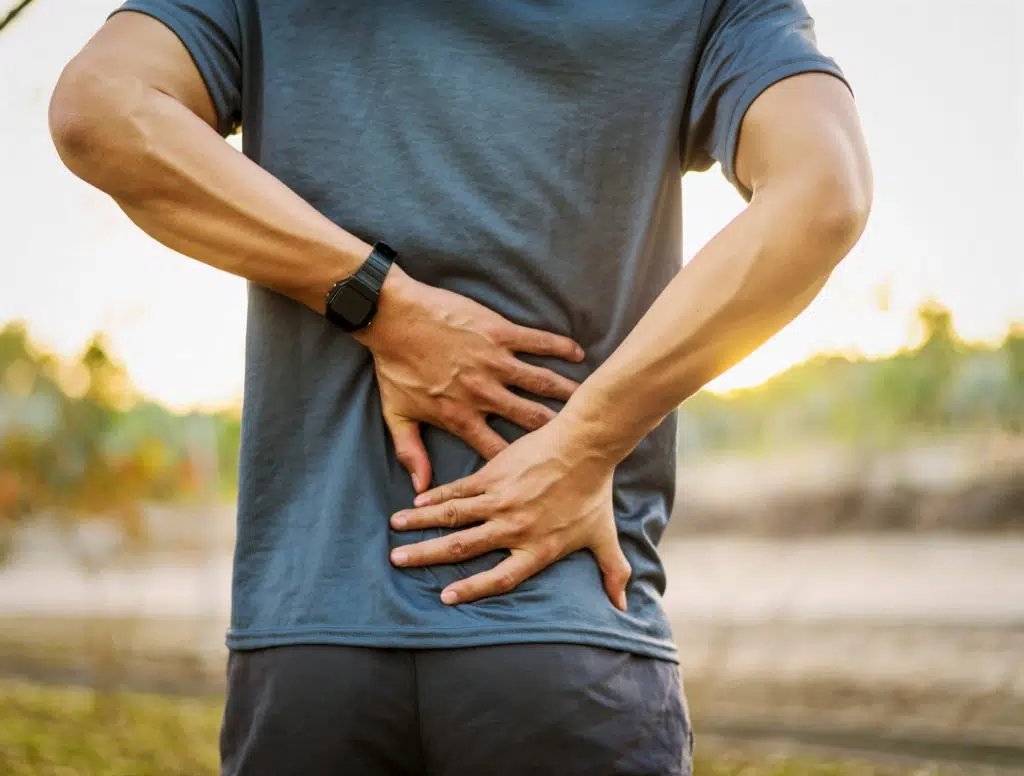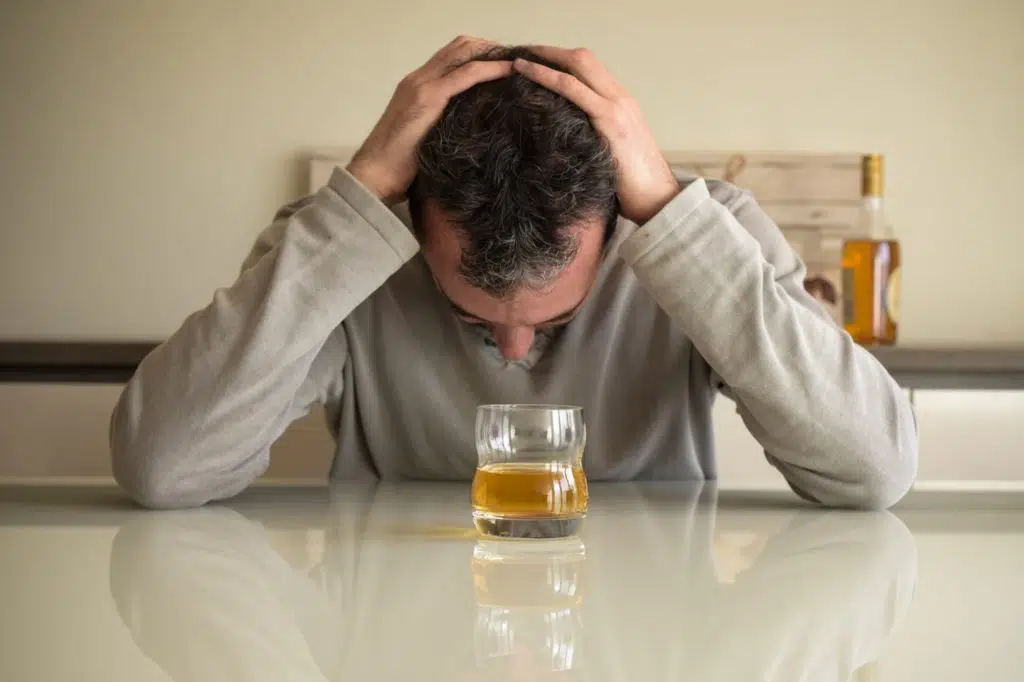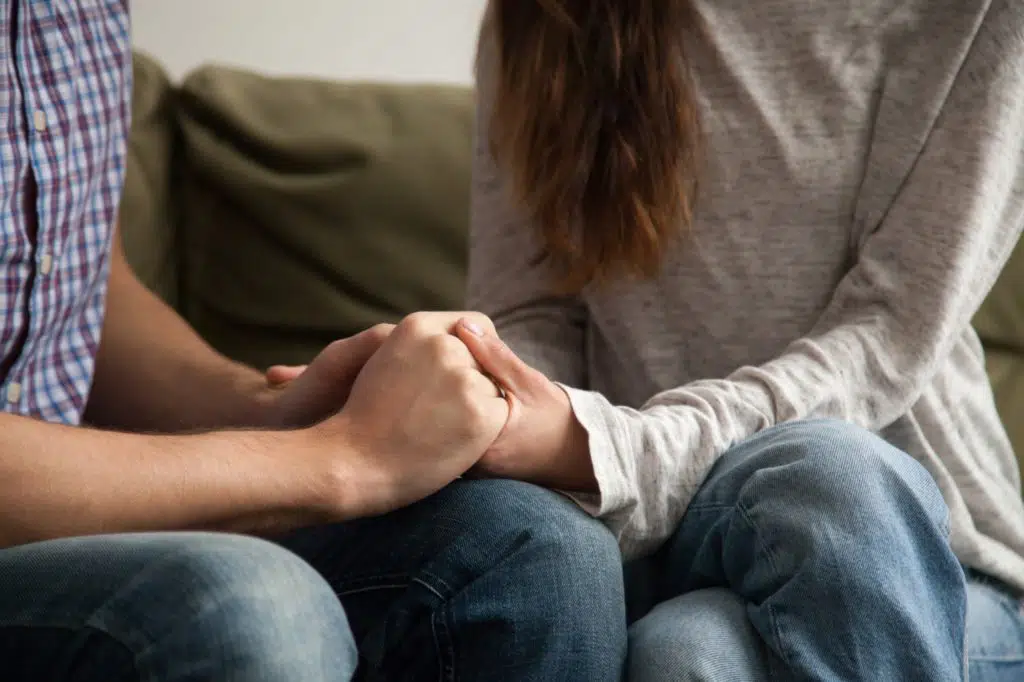Chronic pain affects more than 20% of adults in the United States; it’s one of the most common reasons adults seek medical treatment. As a result, several million prescriptions are written for pain medications every year—many of which are for powerful opioids that can cause side effects and lead to addiction.
Choosing nonopioid pain relief strategies to manage your pain may help you avoid adverse side effects and risks associated with prescription pain relievers. Moreover, when pain relievers are used in combination with nondrug treatments, you may be able to take a lower dose.
Five nonopioid pain relief strategies
There are several (nonopioid) pain medication options are available over the counter (OTC) or with a prescription (e.g., ibuprofen, acetaminophen, aspirin and steroids). While some people manage their pain successfully with these OTC options alone, some need additional pain relief solutions. Here are five nondrug, nonopioid pain relief strategies:
Always check with your primary health care provider before beginning any new treatment or exercise program.
- Cognitive behavior therapy (CBT)
CBT is a widely researched, psychotherapeutic treatment that has shown to be effective for a range of mental and behavioral issues, including pain management. It focuses on the relationship between a person’s thoughts, feelings, and behaviors. Its goal is to help reduce pain and distress by modifying physical sensations, catastrophic thinking, and harmful behaviors, which allows your body and mind to respond better to pain. It is often used together with medication, physical therapy or deep tissue massage.Cognitive Behavioral Therapy includes things like low-impact exercise, pacing (how to accomplish tasks in a thoughtful, sensible way), cognitive restructuring (to identify unhelpful thoughts and increase balanced thinking), behavioral activation (increase engagement in rewarding and meaningful activities), and relaxation training (to decrease stress and muscle tension). - Physical therapy (PT)
PT does more than just mask the pain; it treats the pain through treatments like deep muscle massage, stretching, strength training, exercises, pain relief exercises, low-impact aerobic exercises, heat/ice packs, electrical stimulation, ultrasound, dry needling, and cupping. The goal of PT is to relieve pain, promote healing, and improve or maintain your mobility and quality of life. Even in situations when opioids are prescribed for pain relief, the Centers for Disease Control and Prevention (CDC) recommends combining them with nonopioid pain relief strategies like physical therapy. - Deep tissue massage
Deep tissue massage uses slow, deep strokes of sustained pressure to target the inner layers of your muscles and connective tissues. This helps loosen scar tissue resulting from injury and reduces tension in both the muscle and tissue. It is particularly effective for chronic pain and stiffness in the neck, shoulders, upper back, and lower back. Deep tissue massage is a popular alternative treatment for chronic pain, especially for those who want to avoid addictive pain medications. - Meditation
Meditation is a mind-body practice in which you focus your attention on something like a word, object, phrase, or breath. Meditation activates neural pathways that make the brain less sensitive to pain by increasing the body’s production of endogenous opioids, which help your body control pain and helping your brain release endorphins, your body’s natural pain relievers. - Dry needling
Dry needling, also called intramuscular stimulation, is a modern treatment designed to ease muscular pain. During the treatment, a certified practitioner places several tiny needles in areas of knotted or hard muscle, which stimulates nerve fibers. These fibers react by interrupting pain signals sent to the brain, which also helps release the muscular knot and relieve any pain or spasms. Dry needling is often used to provide short-term relief from pain and inflammation in the lower back, neck, knee, and osteoarthritis.
Miramar Recovery Center offers safe, effective treatment for opioid abuse that begins with a medically-assisted detox program at each of our five conveniently located rehabilitation facilities. Call 949-691-5036 to learn more about our inpatient and outpatient treatment programs for opioid addiction and our integrative addiction treatment program that focuses on treating the whole person on every level—physical, emotional, mental, and spiritual.




